How are you doing today, guys? We hope you have a good day, and we'll all be able to overcome the pandemic soon. Today, I'd like to tell you about one of Vietnam's most unique minority ethnic groups: the Ruc People.
With 54 ethnic groups, Vietnam is a multicultural country. The Ruc people, which live in Thuong Hoa commune, Minh Hoa district, Quang Binh province, and include On village, Mo O-O-O village, and Yen Hop village near the Vietnam-Laos border, are considered one of the most enigmatic in the world. It's around 90 kilometers from Dong Hoi city, on the Ho Chi Minh Highway in Quang Binh Province's northwestern corner.
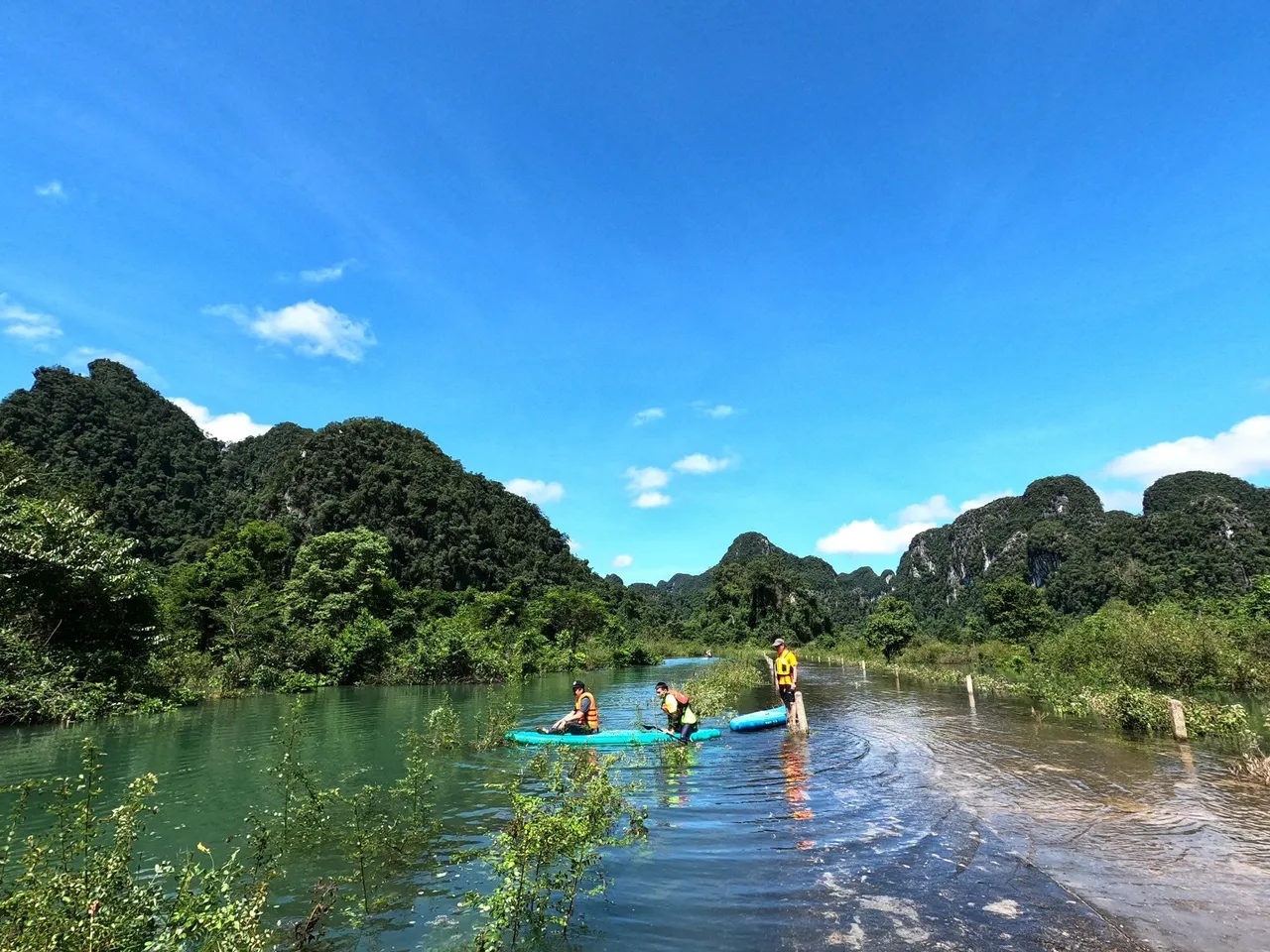
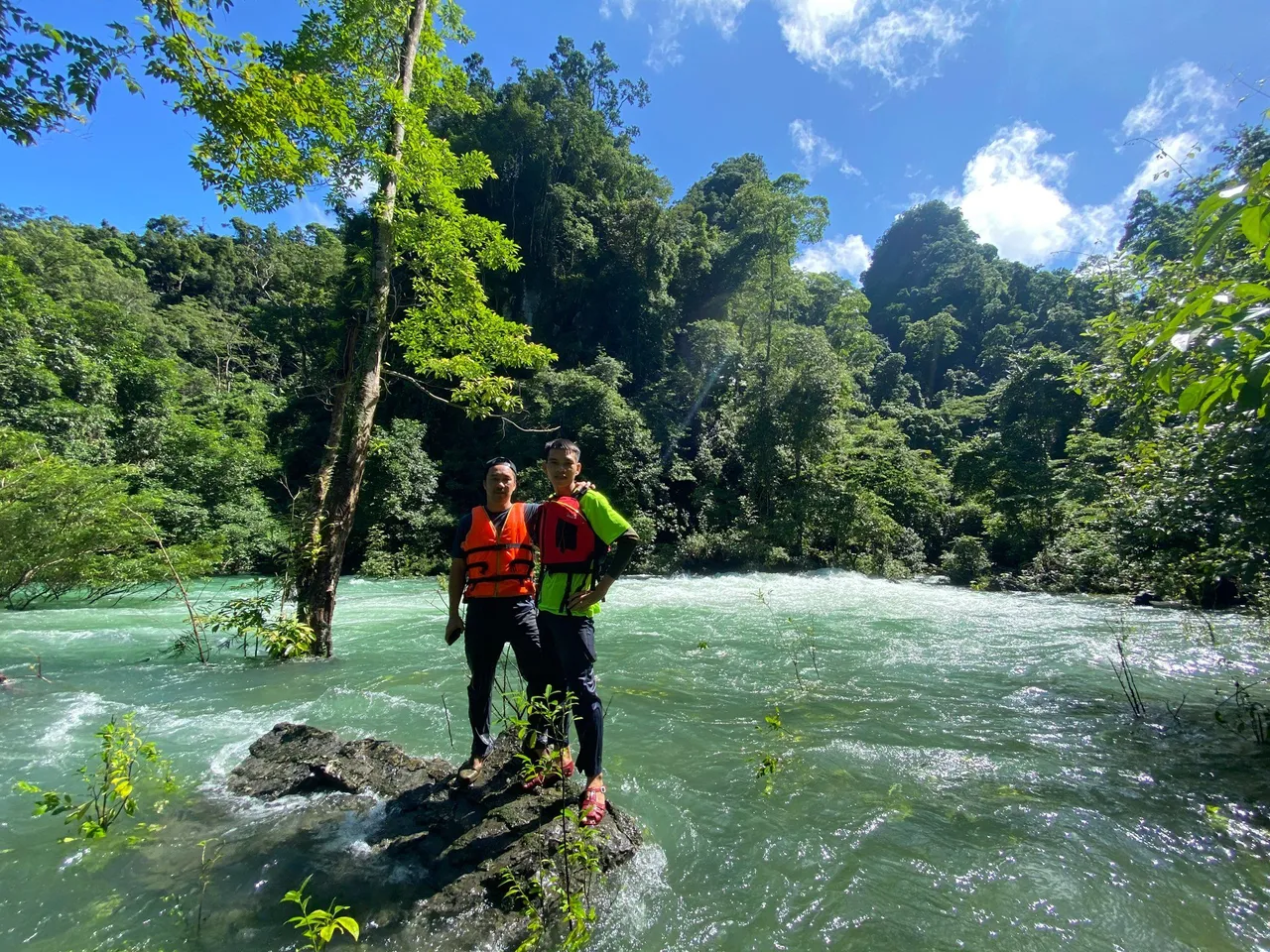

Because the access route is deep in the limestone mountains, flood water cannot escape the tropical forest during the rainy season, and the tropical forest is briefly flooded. In between October and November, the water will be flooded and will be as clear as jade, a gorgeous treasure that can't be found anywhere else. Diving and observing the world beneath the sea with diving goggles on looks to open up another universe, a strange fantasy. This area, which is normally accessible by car, is now only accessible by boat, kayak, or stand up paddle board.

The villages of the ethnic groups are buried under emerald green flooded woodlands. During a patrol at the end of 1959, Ca Xeng Border Guard soldiers stationed in Thuong Hoa noticed a group of terrified "forest people" without a piece of cloth climbing on rocks and crossing branches as fast as wild animals. After months of negotiations, the soldiers were able to convince them to leave the cave and relocate to On, Yen Hop, and Mo O - O O, three villages in Thuong Hoa commune. From here, the Ruc ethnic group is known as the Vietnamese ethnic community's newest.
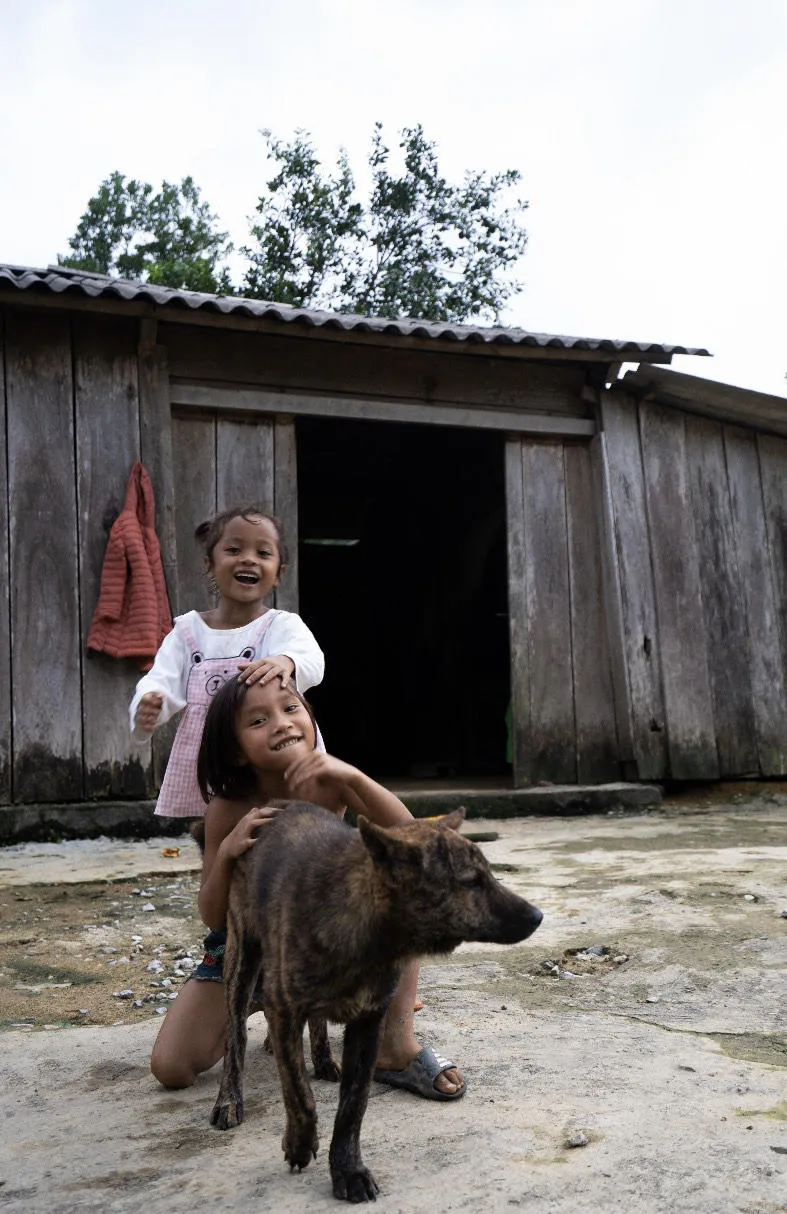
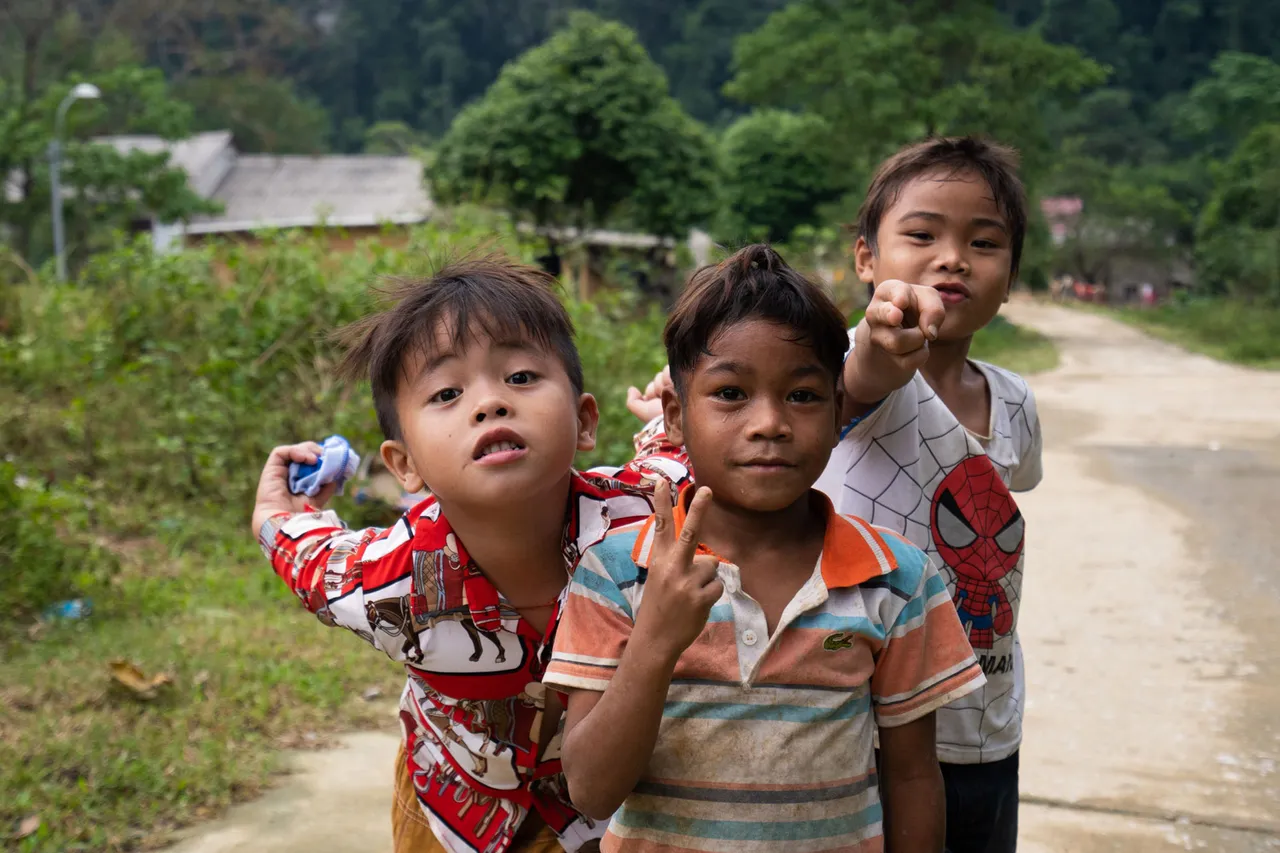
In early 2013, the Ruc ethnic group was named one of the world's ten most mysterious tribes. They have antiquated practices, are familiar with deep caves, hunting, and collecting, but they also have a vibrant spiritual life and retain cultural characteristics that have long been lost to the modern world.
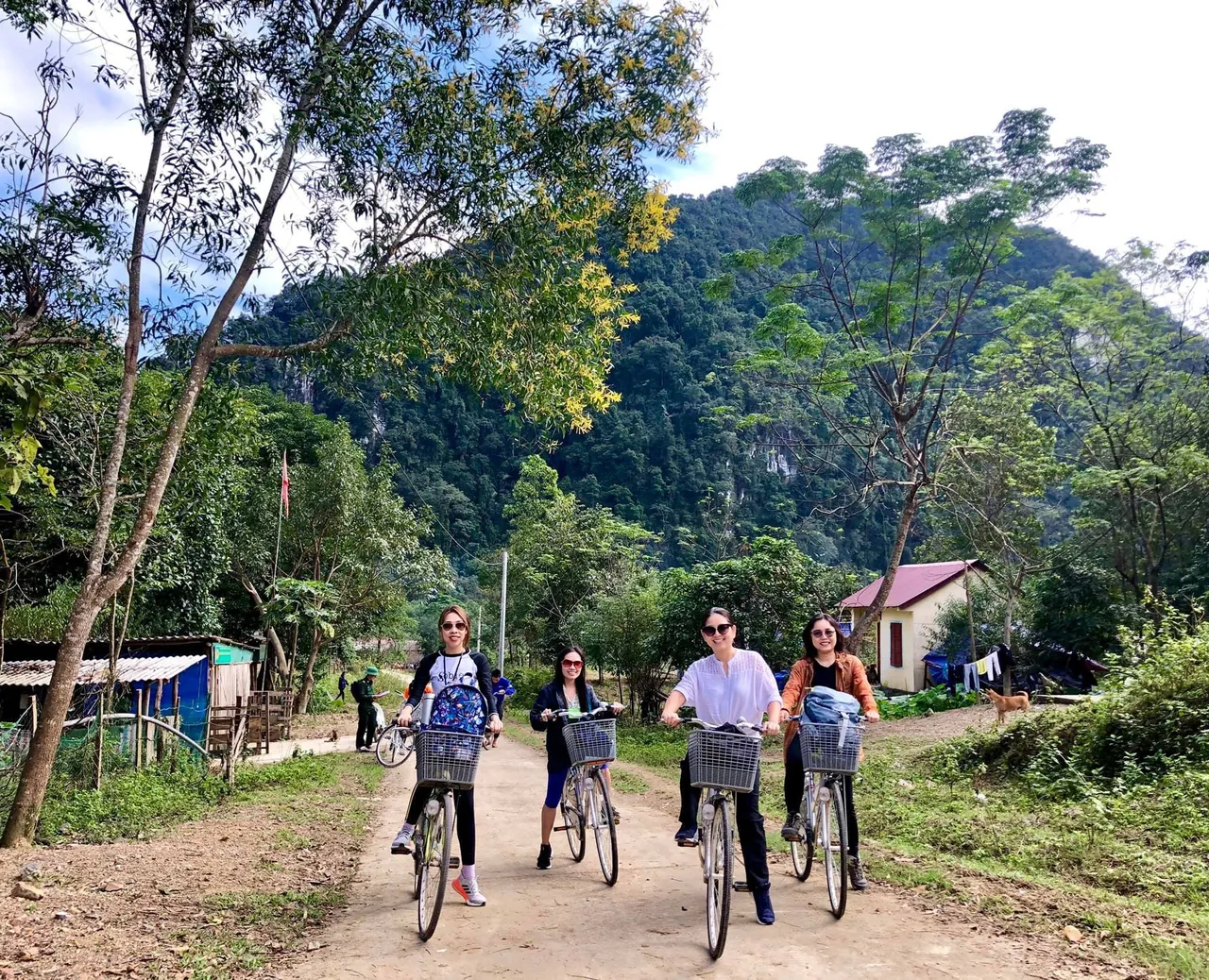
Before leaving the cave, the Ruc people lived apart, fully reliant on nature, and hence retained many traditional ways of life. The Ruc are unaware of other ethnic groups, and they have no interaction with the outside world. They didn't dress up and instead wrapped themselves in strong bark blankets, allowing their hair to grow past their shoulders.
Mountain snails and local palm Wine are two of the Ruc people's specialties. Snails are a sort of mountain snail that feeds on leaves at night when the Ruc people return to steam and eats them with a delicious spicy salt. The Ruc people believe that eating this sort of snail will make them feel energized and will help them manage their gout symptoms. The Ruc people also hunt the forest for a specific tree from which to brew wine. The tree's trunk is used to make dumpling wine, which is subsequently fermented by soaking it in a kind of root in the jungle. The palm trees can be found throughout the Truong Son mountain range.
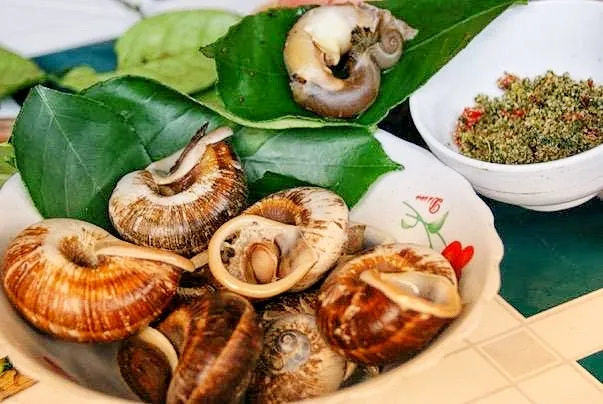

On this day, border guards at Ca Xeng urged the Ruc people to cultivate wet rice. The Ruc people continue to confront many difficulties in their life since they are still split every year by flood waters. The road to three communities deep in the border area is particularly difficult following storms and floods.
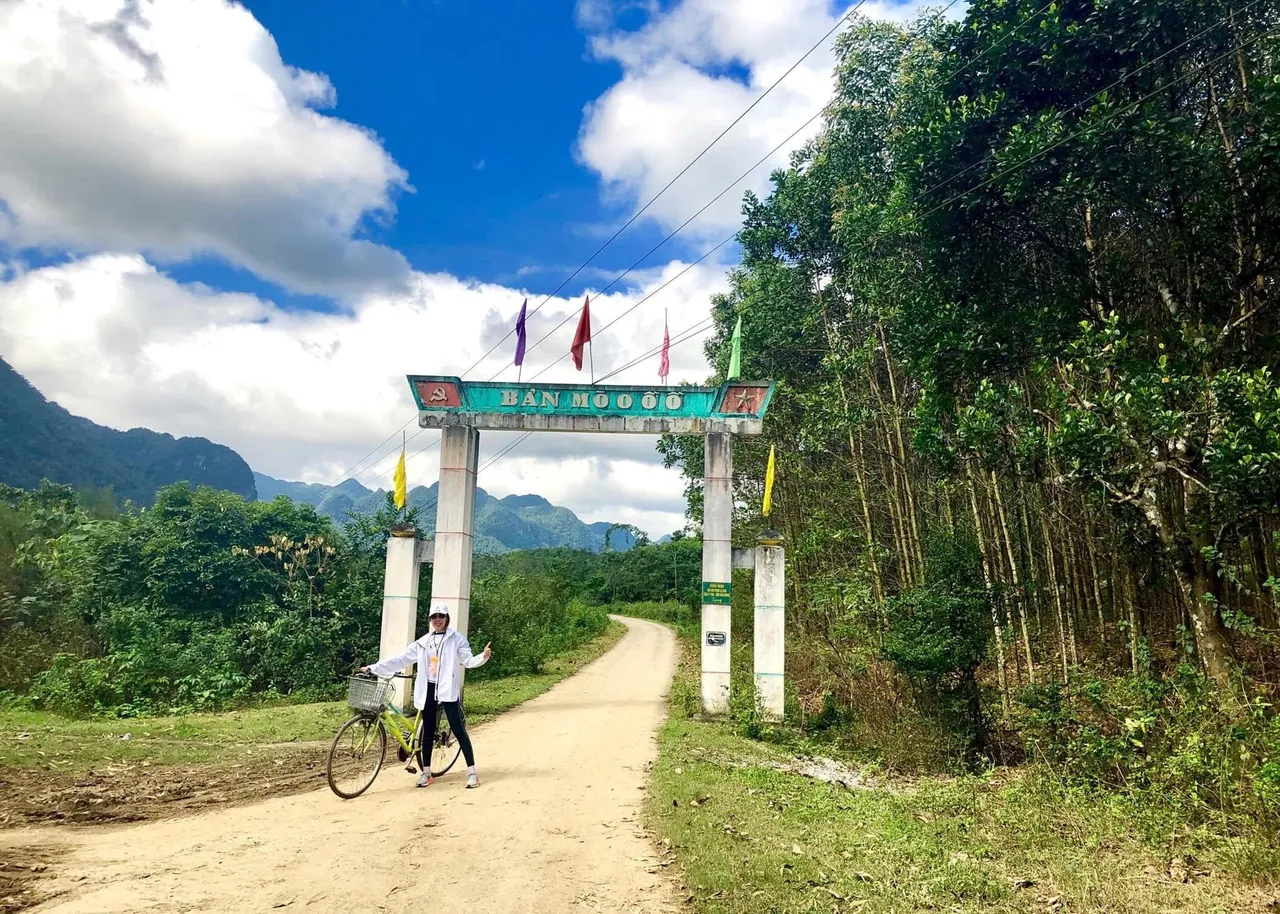
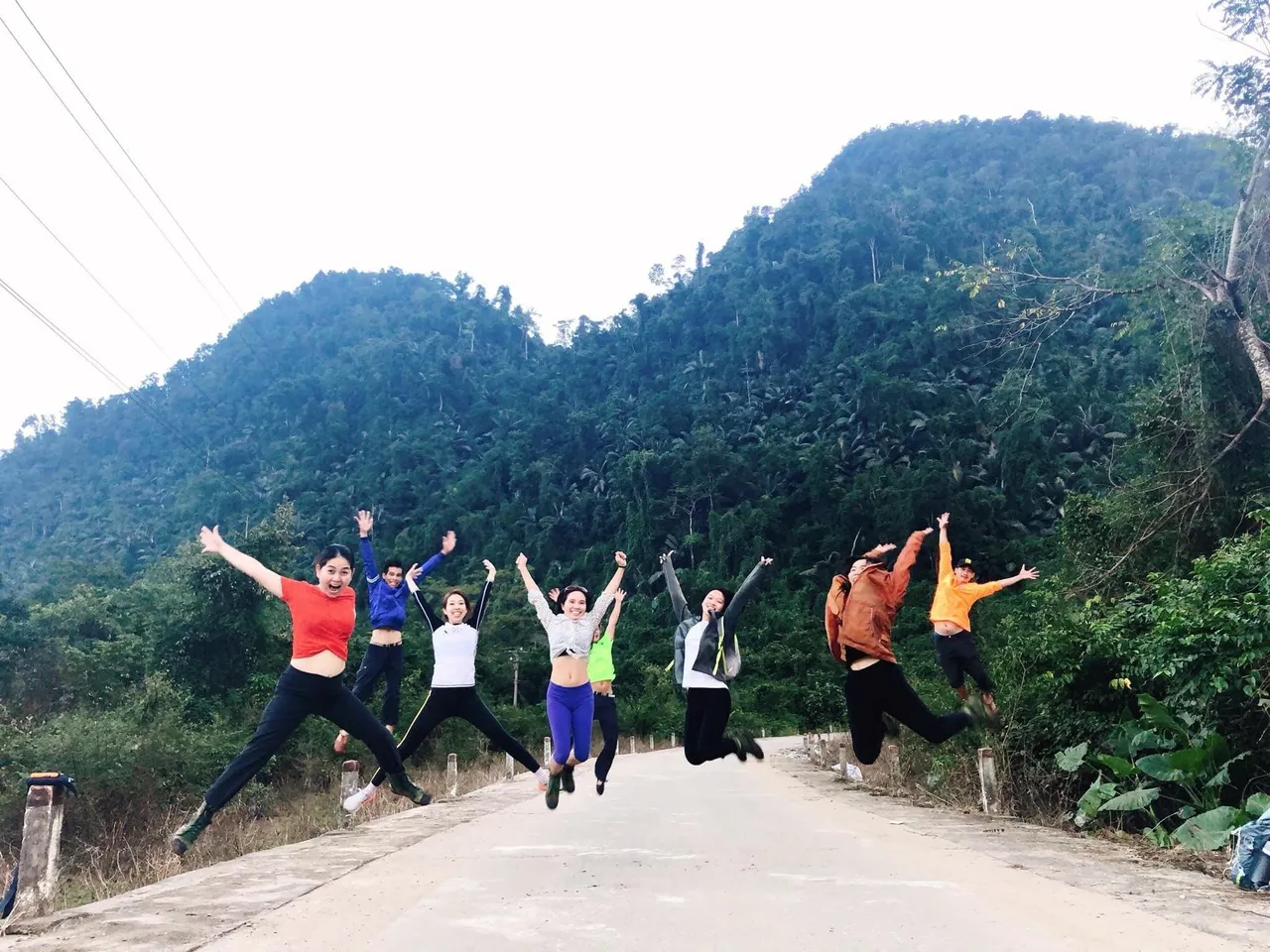
Thank you so much for your all support, and we hope you enjoyed the post.
